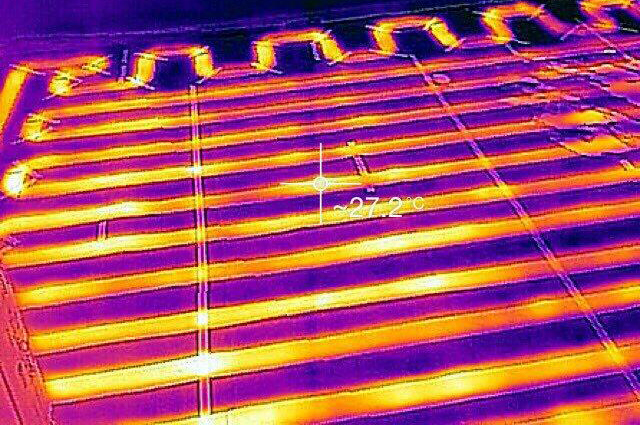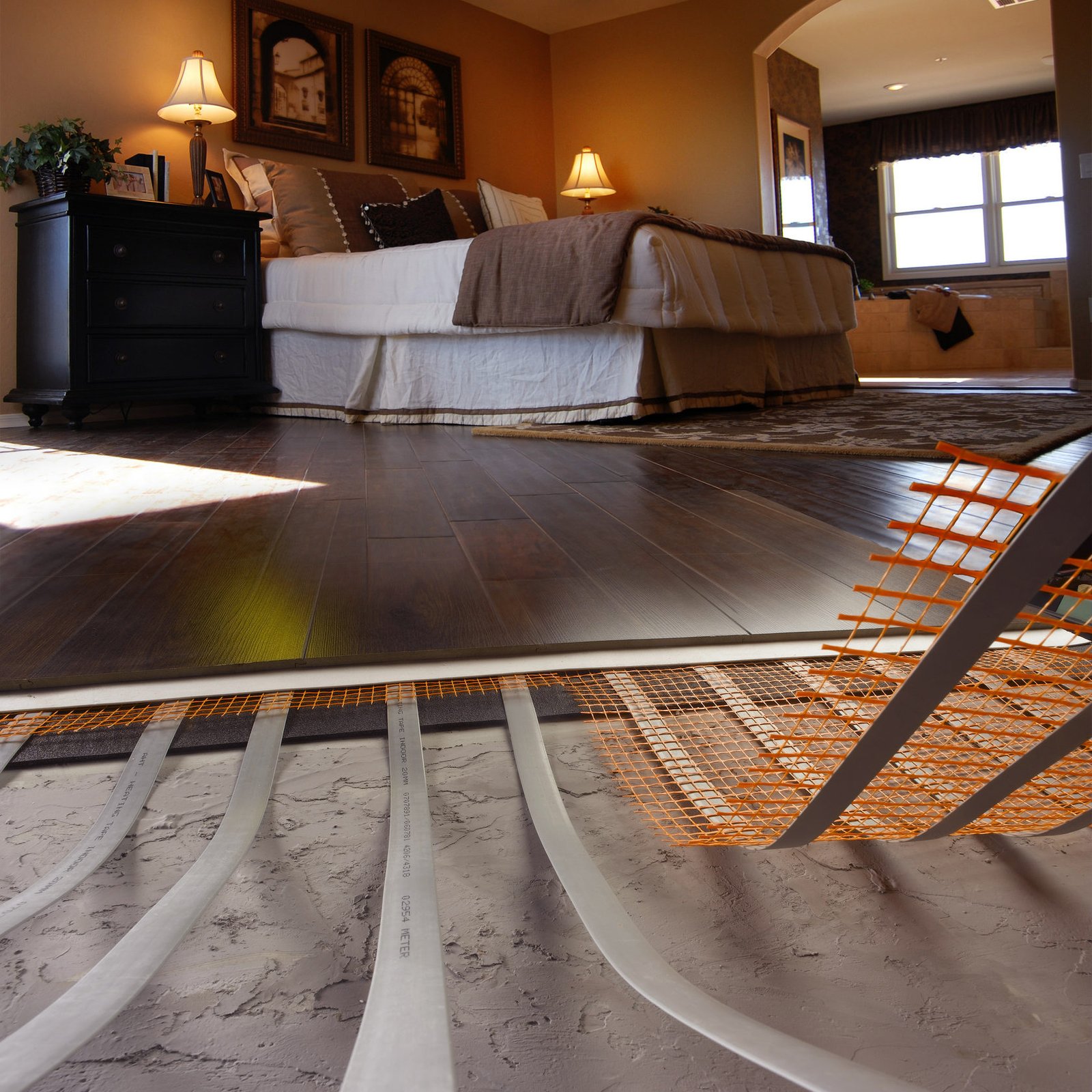Amorphous Metal Tape
- Home
- Amorphous Metal Tape
amorphous material
What is an amorphous material?
SAVE ON ENERGY CONSUMPTION
Benefits
KEY ADVANTAGES

SUPERIOR HEATING PERFORMANCE
LONG PRODUCT LIFE


LARGE HEAT TRANSFER AREA
ENERGY SAVINGS


NEGLIGIBLE EMF
3x FASTER HEAT DELIVERY

Differentiation
AMORPHOUS METAL TAPE VS HEATING CABLE
Cable based systems need at least 1 hour to get up to peak performance levels and this tends to get a little heavy on your wallet over time. Due to the thin metallic nature of our heat tape, our heating system will reach peak temperature in minutes. In comparison to hydronic based systems, TruHeat systems also out perform them by delivering the heat when you need it and shutting off once the desired room/floor temperature is achieved. Whereas, the hydronic systems need to keep working all the time otherwise they are not effective since they too need a lot more run time to be effective.
Based on lab tests, TruHeat’s amorphous metal heat tape will achieve its peak 86°F/30°C temperature in merely 3 minutes. Meanwhile, the cable reaches this same temperature in over 10 minutes. This means that the amorphous heat tape starts to delivery heat 3 times faster.
Testing
HEAT TRANSFER TEST
The advantage once against goes to our metallic heat tape in this case. The fact, that the heating tape is so thin also means that the generated heat can easily be sent forth to the surrounding area, making our heating element far more efficient.
In fact, based on lab studies, TruHeat systems offer a 173% better heat transfer rate compared to heating cables as shown in the chart.




